Abstract
Broccoli cultivation in Japan has evolved with increasing yields and expanding areas. Historically, both national harvest volumes and planting areas have seen growth. In 2022, the national harvest peaked at 173kt, with a cultivation area of 17.2kha. Hokkaido leads in shipping, highlighting regional strengths. Trends indicate a steady rise in production efficiency and regional specialization.
Broccoli yield (main data).
Since 1989, Japan’s broccoli harvest has seen notable growth, peaking at 175kt in 2020. Currently, harvests are at 99.1% of this peak, reflecting stable production levels. Trends show steady progress in yield efficiency and cultivation practices, maintaining high output and indicating resilience in the sector.
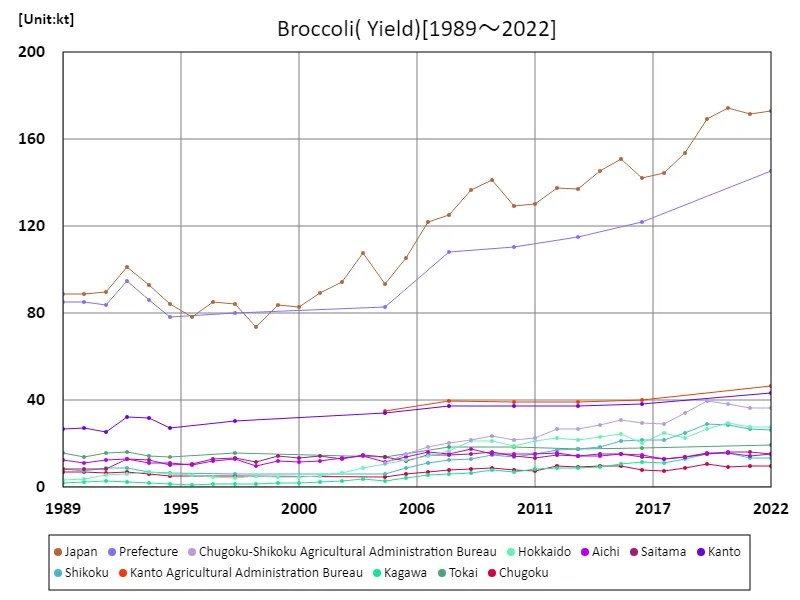

The maximum is 175kt[2020] of Japan, and the current value is about 99.1%
Broccoli harvest volume (by prefecture).
As of 2022, Hokkaido leads in leafy vegetable yields with 27.6kt, reflecting its strong production capabilities. National trends show regional disparities in yield, with Hokkaido consistently at the forefront. This highlights the prefecture’s significant role in the leafy vegetable sector, indicating both effective cultivation practices and optimal growing conditions.
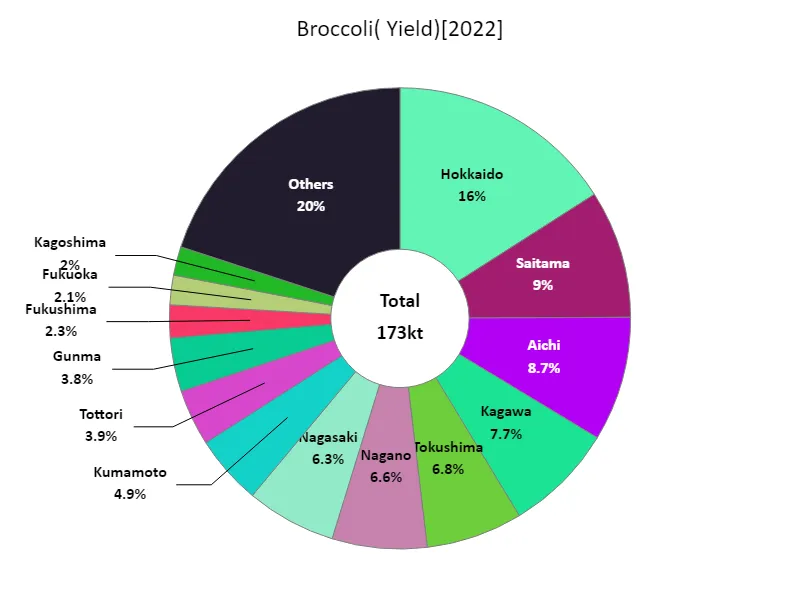

The maximum is 27.6kt of Hokkaido, the average is 3.68kt, and the total is 173kt
Broccoli cultivation area (main data).
Since 1989, Japan’s broccoli planting area has grown, with a peak of 17.2kha achieved recently. This maximum reflects an ongoing expansion and commitment to broccoli cultivation. Trends indicate increased focus on optimizing land use for higher yields and stable supply, highlighting a significant growth phase in the sector.
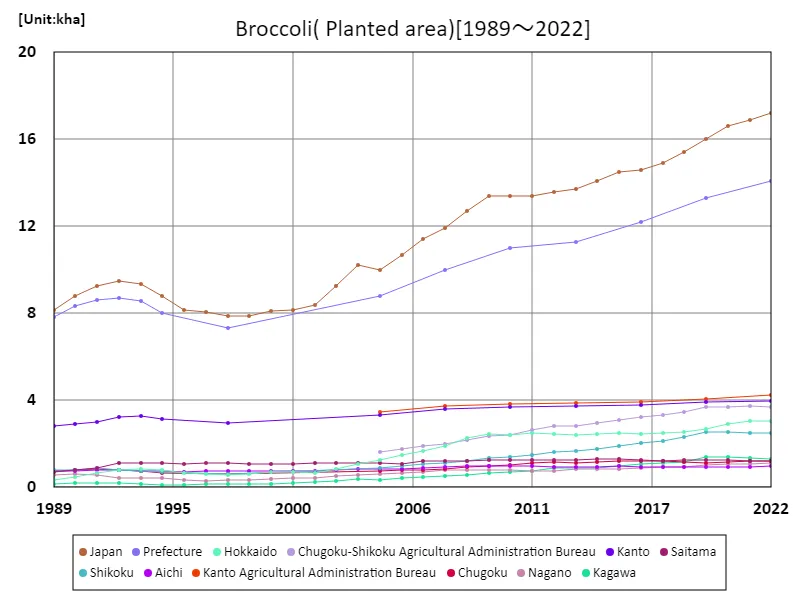

The maximum is the latest one, 17.2kha of Japan
Broccoli cultivation area (by prefecture).
Looking at the data on the planted area of leafy vegetables in Japan in 2022, Hokkaido recorded the largest area overall at 3.06 kha, which is currently the largest. This suggests that Hokkaido is a particularly important region for leafy vegetable production. Hokkaido’s vast farmland and unique climatic conditions may be suitable for cultivating leafy vegetables. Also, while Hokkaido stands out, other prefectures also appear to be maintaining a certain level of cultivated land area. This is due to differences in production characteristics and demand from region to region, and indicates that each region is developing its own agricultural strategy. Furthermore, it is possible that the total cultivated area is expanding due to increasing demand for leafy vegetables and advances in agricultural technology. In general, the area of land cultivated with leafy vegetables is expanding throughout Japan, particularly in Hokkaido, reflecting differences in production characteristics and demand from region to region.
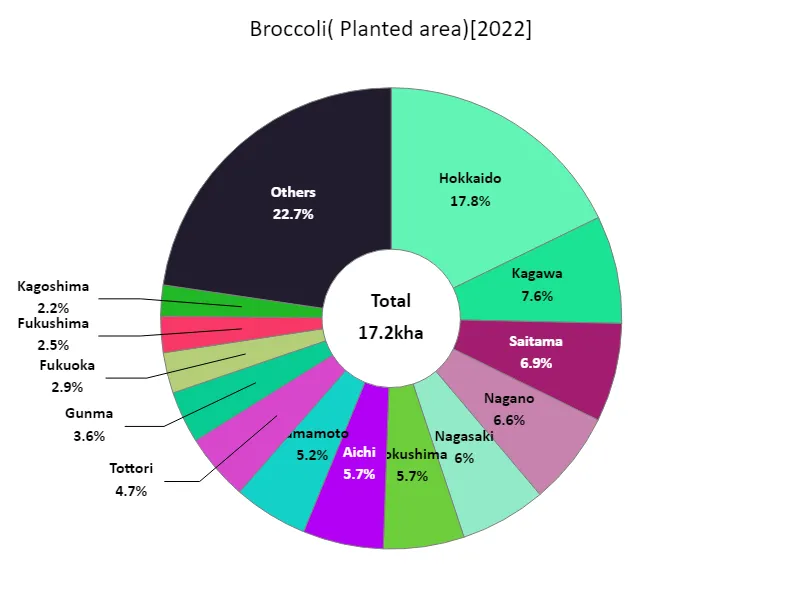

The maximum is 3.06kha of Hokkaido, the average is 366ha, and the total is 17.2kha
Broccoli shipment volume.
In 2022, Hokkaido led broccoli shipping with 26.2kt, far exceeding the average of 3.34kt per region and contributing significantly to the national total of 157kt. This concentration highlights Hokkaido’s key role in broccoli distribution and underscores regional efficiency. The trend points to Hokkaido’s continued dominance in shipping volumes, driven by its robust production and logistics infrastructure.
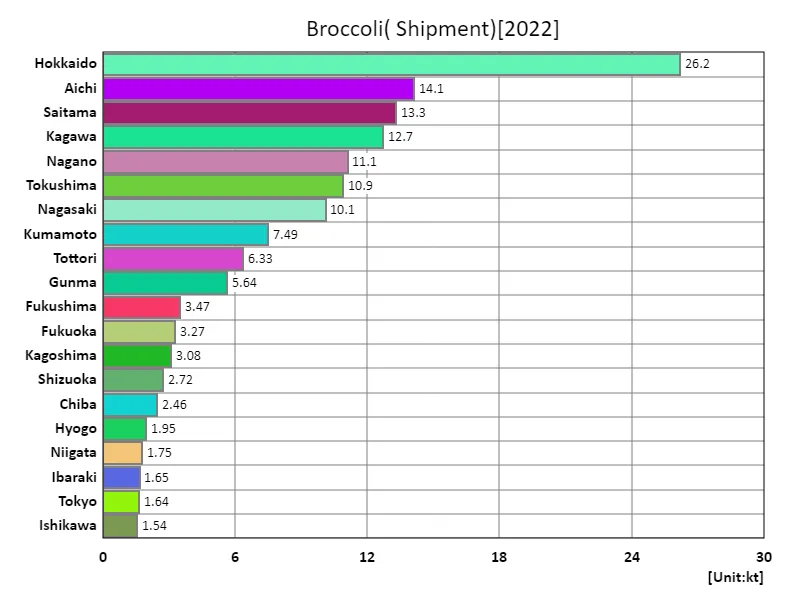

The maximum is 26.2kt of Hokkaido, the average is 3.34kt, and the total is 157kt
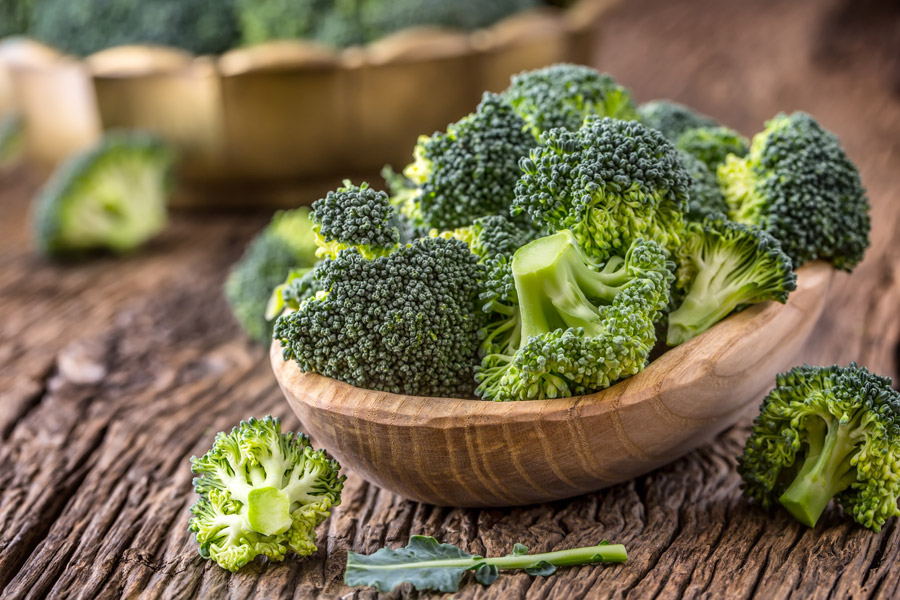


Comments